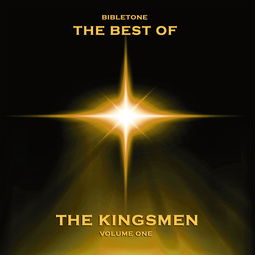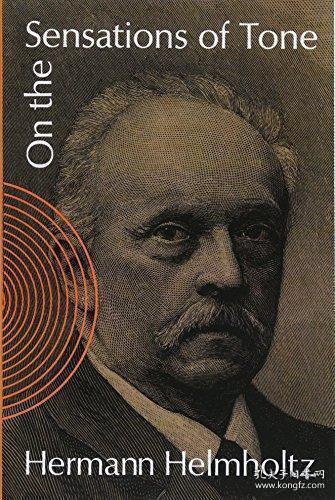Tone of the Narrator
Have you ever wondered what makes a story come alive? The tone of the narrator plays a crucial role in shaping the reader’s experience. In this article, we will delve into the various dimensions of a narrator’s tone, exploring how it can influence your perception of a story. So, let’s embark on this journey and uncover the secrets behind the voice that brings characters and worlds to life.
Understanding the Narrator’s Role

The narrator is the person who tells the story. They can be the protagonist, an impartial observer, or even a character from the story. The narrator’s role is to guide the reader through the narrative, providing context, background information, and insights into the characters and events.
There are two main types of narrators: the first-person narrator and the third-person narrator. The first-person narrator uses “I” or “we” to relate the story, while the third-person narrator uses “he,” “she,” or “they.” Each type of narrator brings a unique perspective and tone to the story.
The Tone of the First-Person Narrator

The first-person narrator’s tone is often more intimate and personal. This is because the narrator is sharing their own experiences and emotions with the reader. Here are some common tones associated with first-person narrators:
- Confident and Assertive: This tone is often found in stories where the narrator is a strong, independent character. They are not afraid to express their opinions and take charge of the situation.
- Humorous and Light-hearted: A first-person narrator with a humorous tone can make the story more enjoyable and relatable. They often use wit and sarcasm to add a touch of humor to the narrative.
- Reflective and Thoughtful: This tone is common in stories where the narrator is introspective and contemplative. They often ponder the meaning of life, relationships, and personal growth.
- Angry and Frustrated: A first-person narrator with an angry or frustrated tone can create a sense of urgency and tension. This tone is often used to highlight the struggles and challenges faced by the character.
The Tone of the Third-Person Narrator

The third-person narrator’s tone is more objective and distant. This is because the narrator is not a character in the story, but rather an observer. Here are some common tones associated with third-person narrators:
- Objective and Unemotional: This tone is often found in stories where the narrator is an impartial observer. They provide information without expressing personal opinions or emotions.
- Informative and Descriptive: A third-person narrator with an informative tone can help the reader understand the context and background of the story. They often provide detailed descriptions of characters, settings, and events.
- Engaging and Intriguing: This tone is common in stories where the narrator is skilled at creating suspense and intrigue. They often use vivid language and dramatic storytelling to keep the reader engaged.
- Reflective and Philosophical: A third-person narrator with a reflective and philosophical tone can delve into the deeper themes and meanings of the story. They often pose questions and explore the human condition.
Impact of the Narrator’s Tone on the Reader
The tone of the narrator can significantly impact the reader’s experience of the story. Here are some ways in which the narrator’s tone can influence the reader:
- Emotional Connection: A narrator with a relatable and emotional tone can help the reader connect with the characters and their experiences.
- Perception of Events: The narrator’s tone can shape the reader’s perception of events and characters. For example, a narrator with a humorous tone might make a tragic event seem less serious.
- Engagement and Interest: An engaging and intriguing narrator can keep the reader interested and eager to continue reading.
- Understanding of Themes: A reflective and philosophical narrator can help the reader gain a deeper understanding of the story’s themes and messages.
Examples of Notable Narrators
Here are a few examples of notable narrators and the unique tones they bring to their stories



